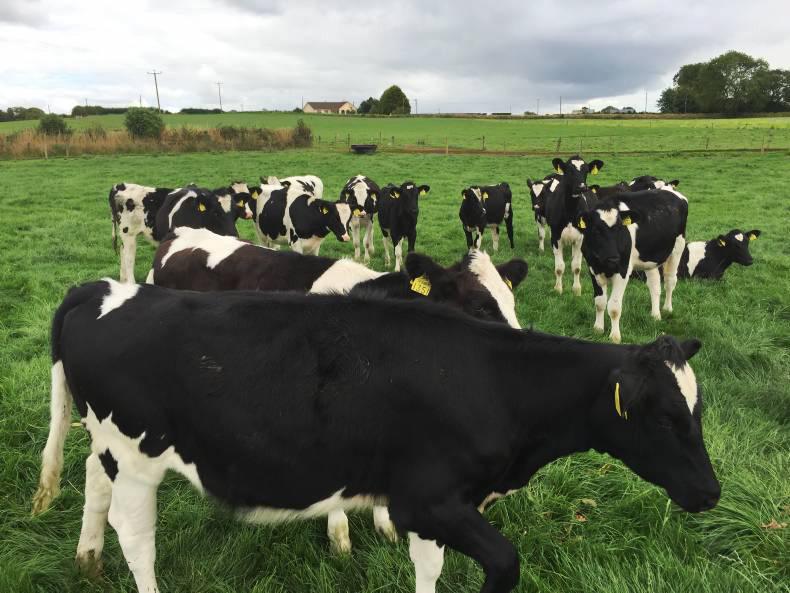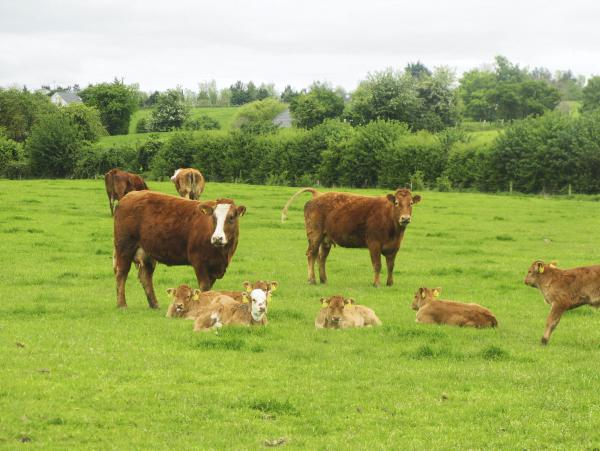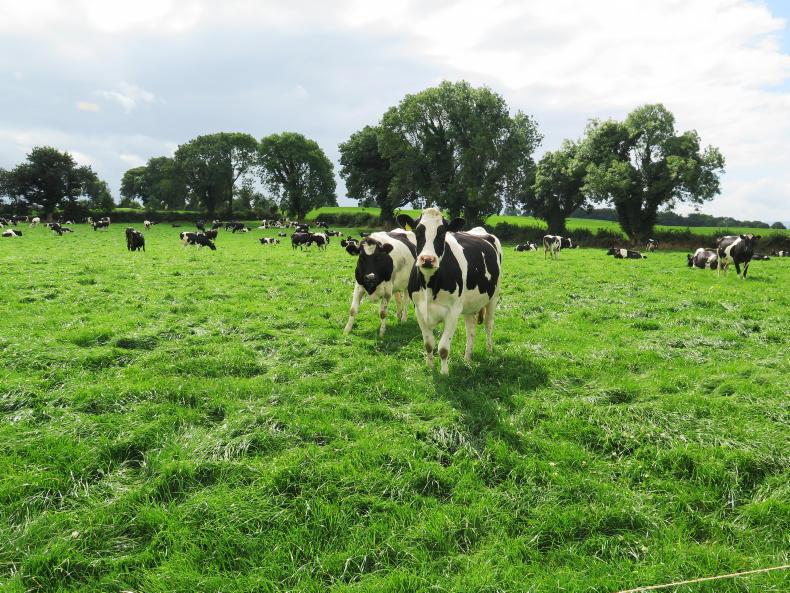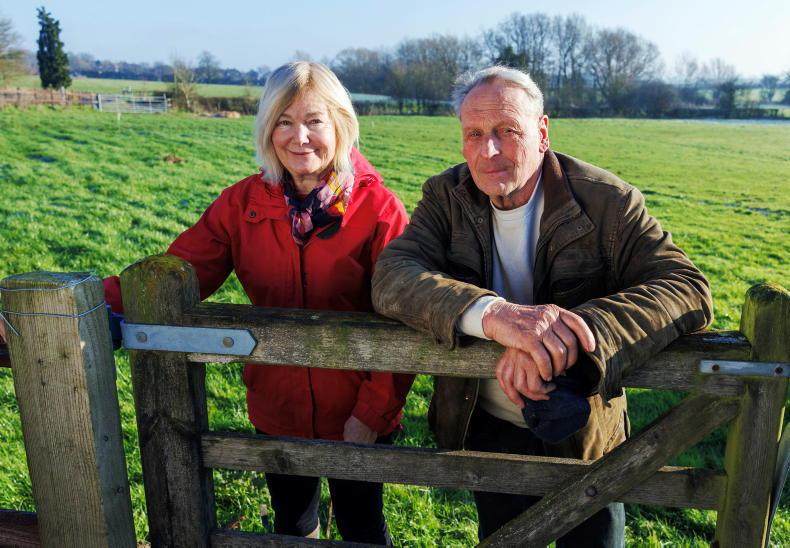Milking into winter: Milk deliveries for November are up over 30% in most of the co-ops compared to November last year. While it is great to have the opportunity to milk-on this autumn, without quota worries we must not lose sight of the costs of producing this milk.
With nearly all herds fully housed, many farmers will be feeding the best-quality silage to the milkers, usually bales from surplus paddocks along with 2kg to 3kg of meal. While the silage was made on the farm and has been paid for, it is still a cost as it could be sold now or fed next year in lieu of meal.
Per kg of dry matter, high-quality silage is expensive, costing between 16c and 20c/kgDM. If cows are eating 16kg per day, then the silage alone is costing €2.90 per head per day. If being fed 2kg of meal, this will cost 50c per head per day, so total feed costs could be €3.40 per head per day. If cows are milking 13 litres per day at say 30c/l, then milk receipts will be €3.90 per head per day, leaving 50c to cover labour and parlour costs.
Of course, dry cows won’t live on fresh air but neither do they need the best-quality silage or meal, they don’t need to be milked and the parlour doesn’t have to be turned on morning and evening. A dry cow will eat 12kg per day of average-quality silage, costing about 15c/kgDM, so it costs about €1.80 per head per day in feed costs, over €1/day cheaper than feeding a milking cow.
While it may be argued that if the cow is in milk then this cost will be covered by the milk receipts, you still have to think about body condition score. There is no such thing as free energy. Cows milked-on with minimal dry periods will be behind target condition score at calving.
Condition score is not just important for breeding. It is really another energy source that can be called on when grass or money is tight next year. Don’t be penny wise and pound foolish by milking-on too late this winter.
Dosing: Many farmers are using results from bulk milk tests and faecal samples to see if there is a worm or liver fluke burden in the herd and then dosing accordingly. If dosing is required, it is better to do this sooner rather than later, from an animal health and a milk withhold point of view.
Most of the herds in the country would have some exposure to fluke or worms. Make sure and get the dosing rate right, weigh a sample of the herd and calibrate the gun. Only oral drenches are licenced for fluke control in dairy cows. The dosing gun with the hook end makes the job a lot easier and safer as the cow’s head doesn’t have to be held. Plan other jobs around dosing, such as clipping tails or body condition scoring. Pick out the light cows and cows in low BCS and house them together, give them better-quality silage and more feed space.










SHARING OPTIONS